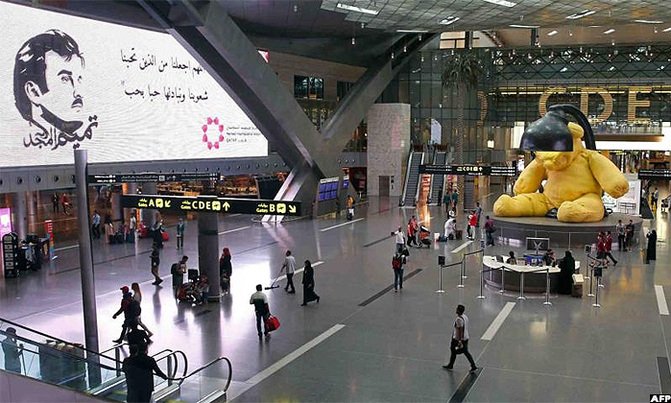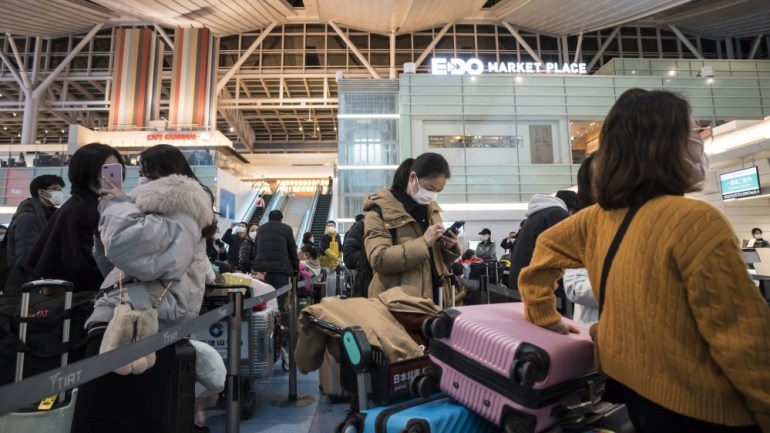Asia-Pacific countries are sticking to tight border controls even as vaccination rates top out, dampening prospects for a revival of the region’s pandemic-battered travel industry at a time when many western countries, including the United States, the United Kingdom and Canada have opened their doors for visitors/tourists.
China and Hong Kong sink deeper into isolation under a strict “zero COVID” policy that mandates weeks of hotel quarantine, countries such as Japan, South Korea, Australia, Singapore and Malaysia are following a middle path under which non-essential travel remains tightly restricted.
The region’s cautious stance is increasingly at odds with Europe and North America, where vaccinated travellers, including tourists, can travel freely with few restrictions apart from a negative COVID test result.

“Asia still has a long way to go to catch up with the reopening taking place in Europe and North America,” Jayant Menon, a visiting senior fellow at the ISEAS-Yusof Ishak Institute in Singapore, told Al Jazeera.
“Some of this is explained by the need to also catch up with their vaccination rates, but not all. Even countries with high vaccination rates … are not opening their international borders as quickly as they are easing domestic mobility restrictions. And when they do, they impose a lot more requirements and protocols than those applied to domestic movement.”

Japan and South Korea, where vaccination rates are approaching 80 percent, have yet to announce a date for the resumption of tourism despite easing restrictions for certain arrivals such as business travellers and students.
Australia, where about 70 percent of the population is double-vaccinated, has indicated that international tourists won’t return until sometime next year.
Malaysia, where 77 percent of residents are double-jabbed, remains largely closed to international arrivals, with plans to begin accepting international tourists by January.
Singapore, where more than 80 percent of the population has had two doses of vaccine, has resumed quarantine-free travel in phases through a vaccinated travel lane scheme, which from next month will include 21 countries.
Arrivals to most of Asia were down 99 percent on pre-pandemic levels as of September, compared with declines of just 20 percent in Mexico and about 65 percent for Southern Europe, according to figures compiled by Capital Economics.
Before the pandemic, the Asia-Pacific welcomed about 291 million tourists annually, adding $875bn to the economy, according to the World Economic Forum’s Travel & Tourism Competitiveness Index 2019.
I am an experienced writer, analyst, and author. My exposure in English journalism spans more than 28 years. In the past, I have been working with daily The Muslim (Lahore Bureau), daily Business Recorder (Lahore/Islamabad Bureaus), Daily Times, Islamabad, daily The Nation (Lahore and Karachi). With daily The Nation, I have served as Resident Editor, Karachi. Since 2009, I have been working as a Freelance Writer/Editor for American organizations.










